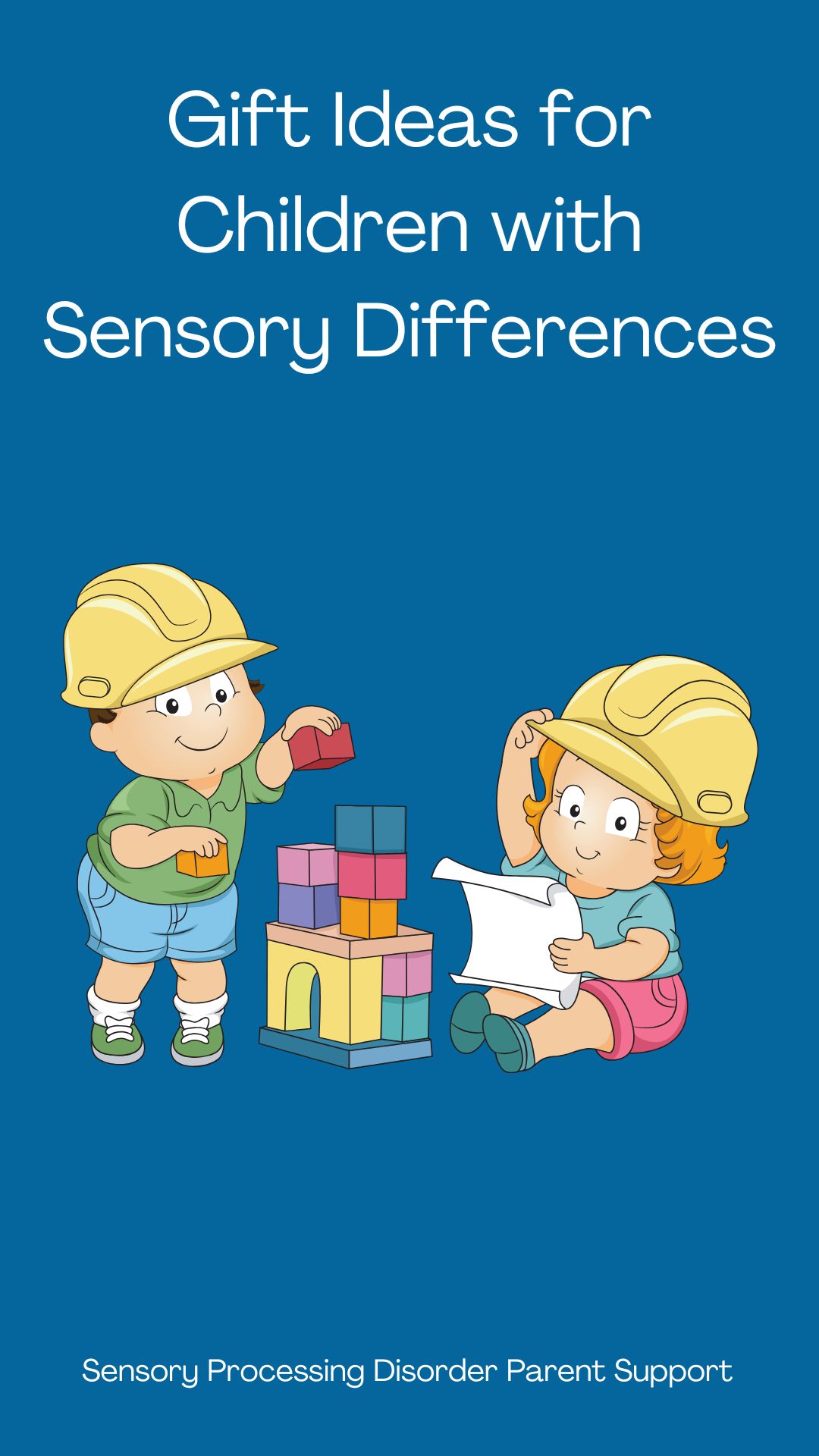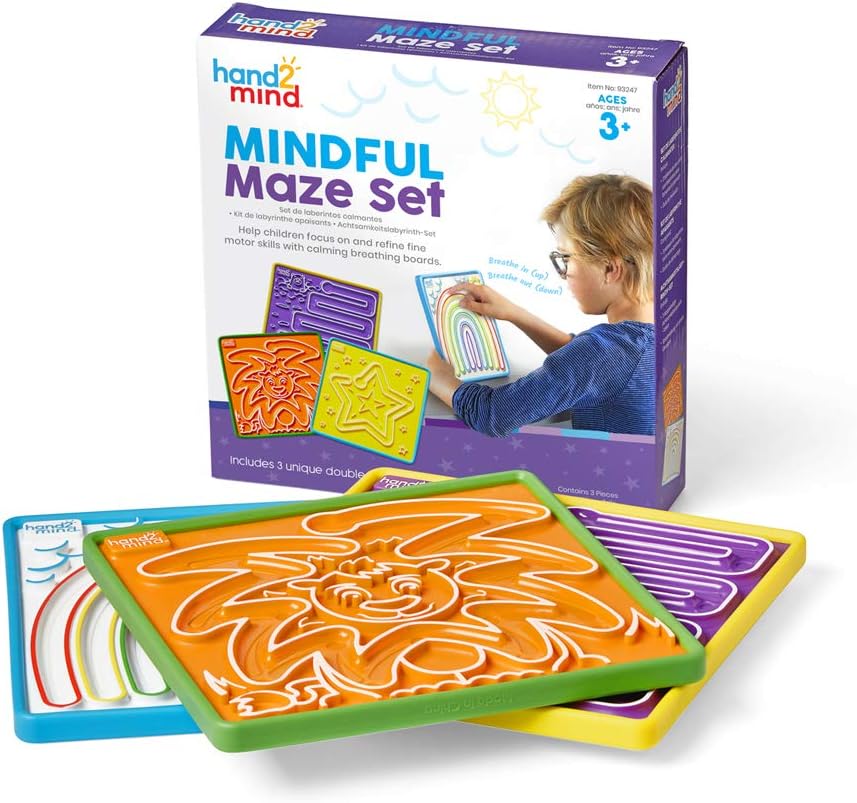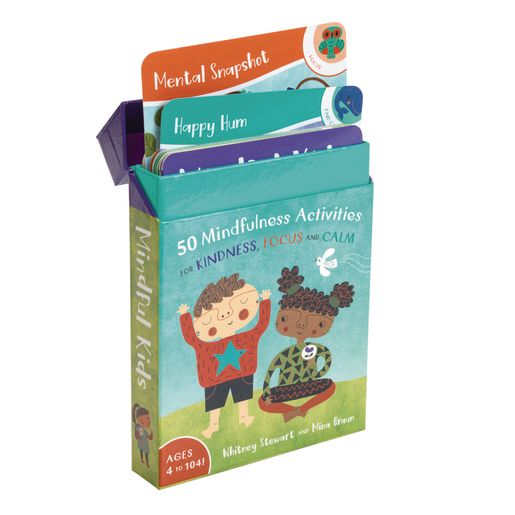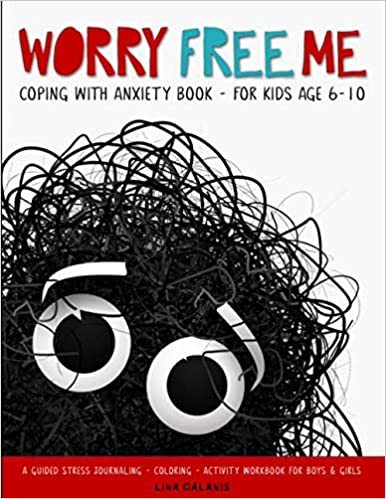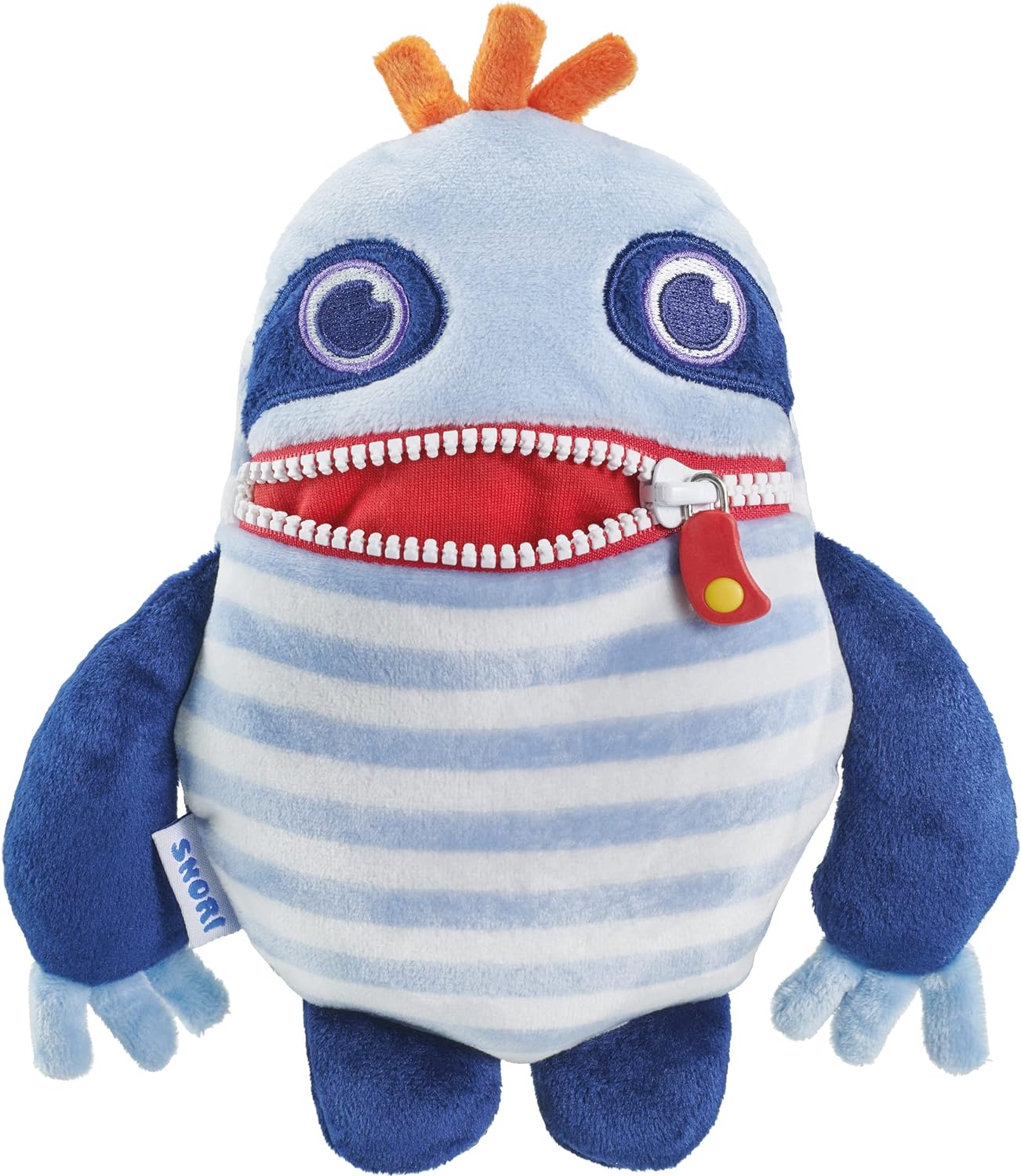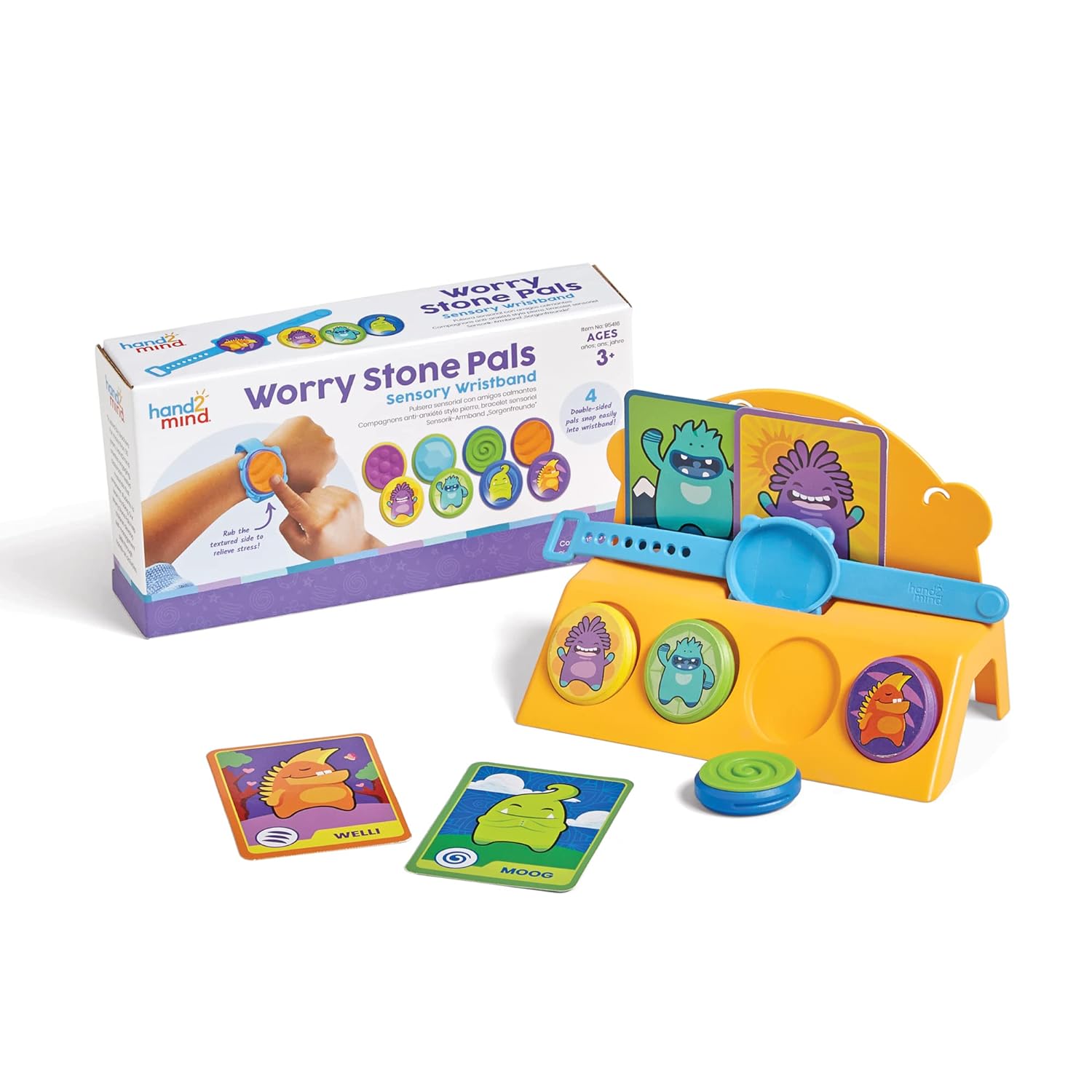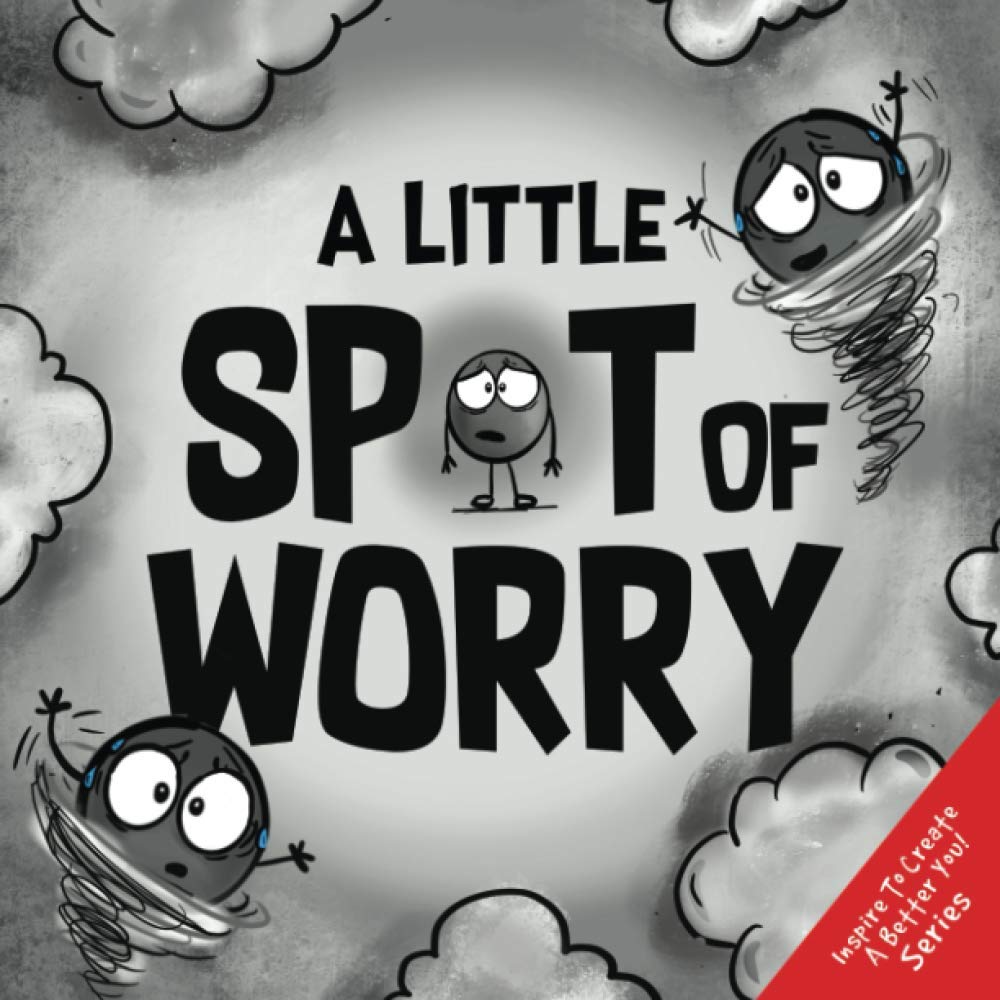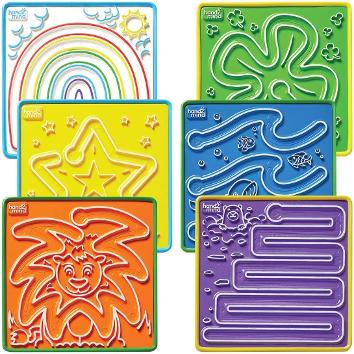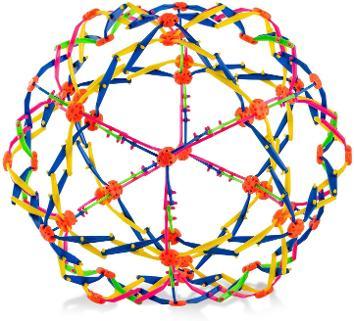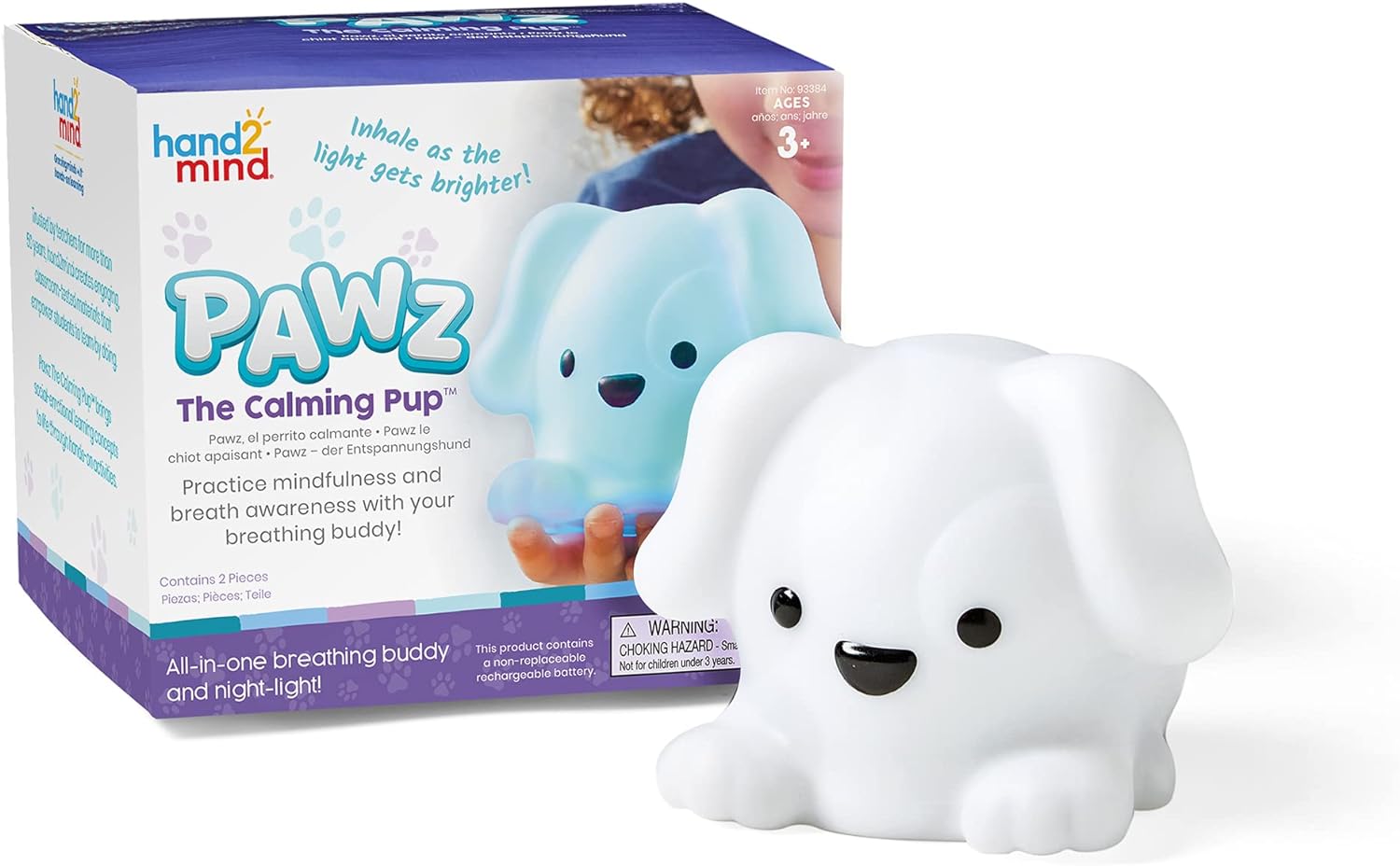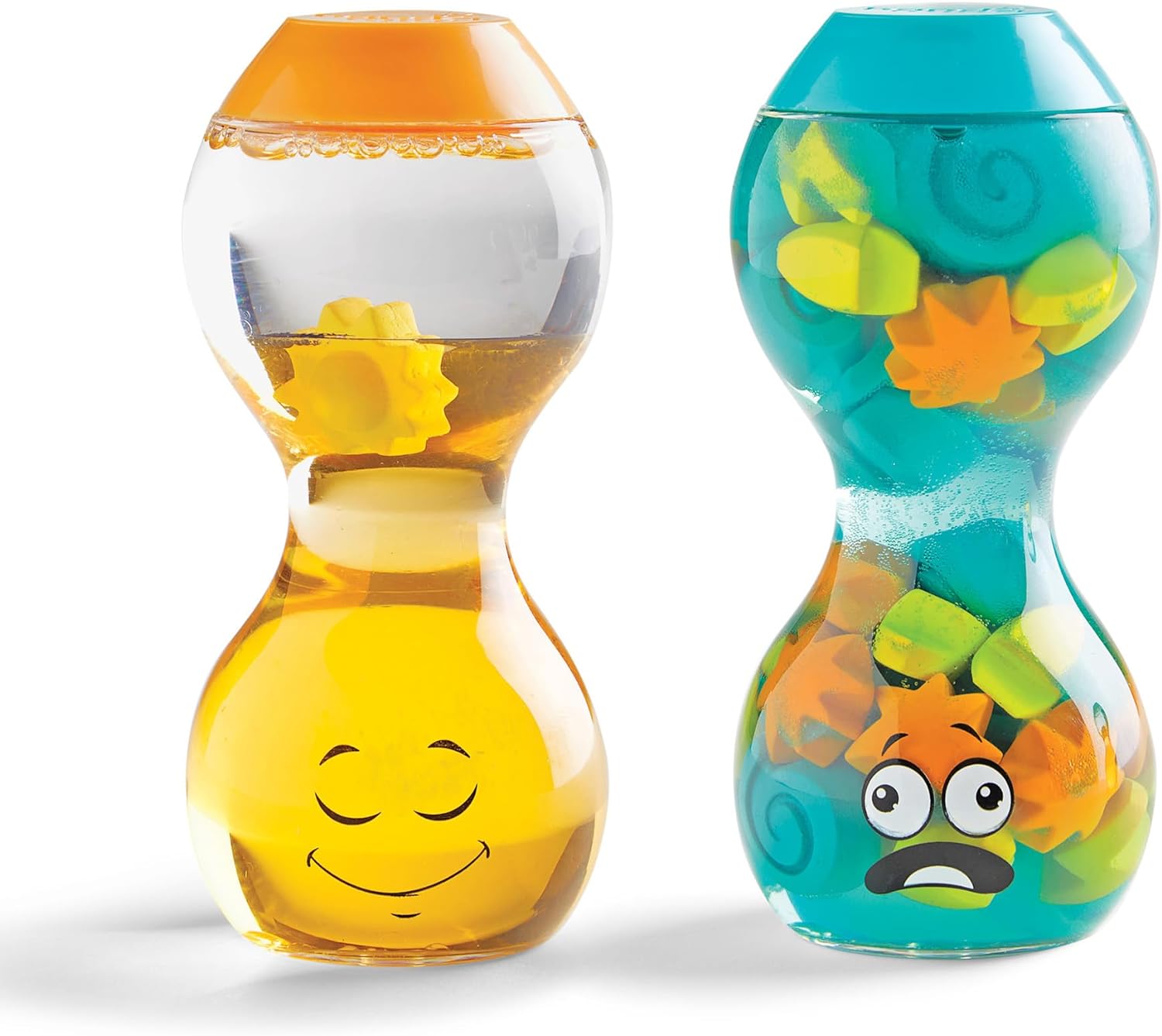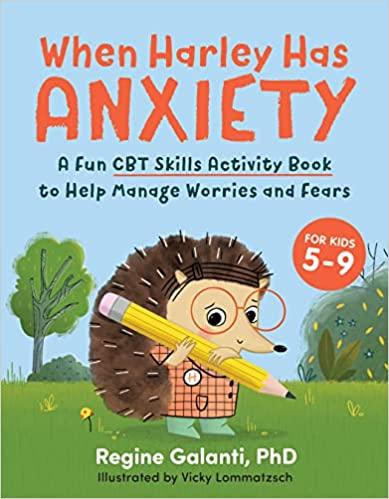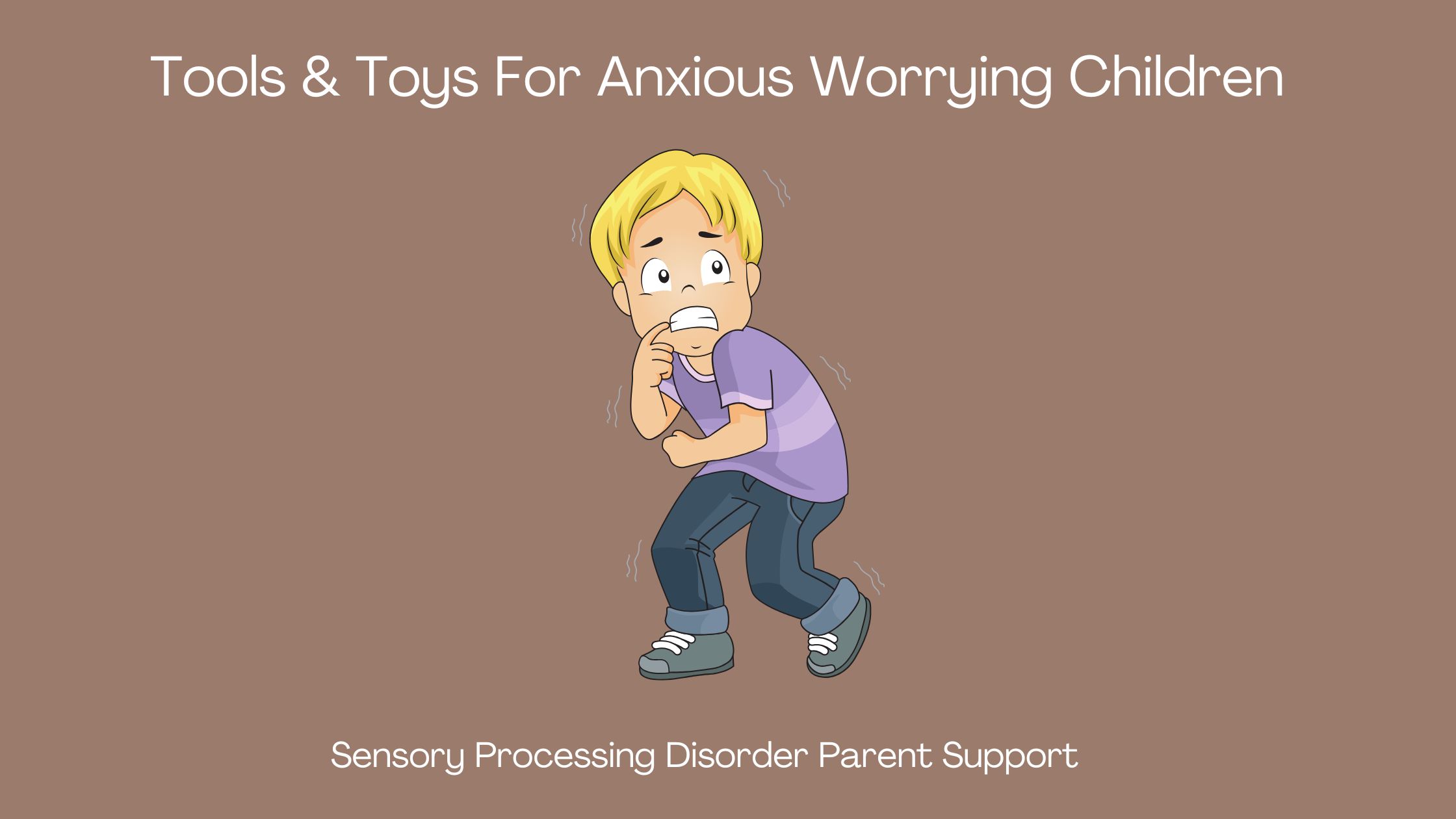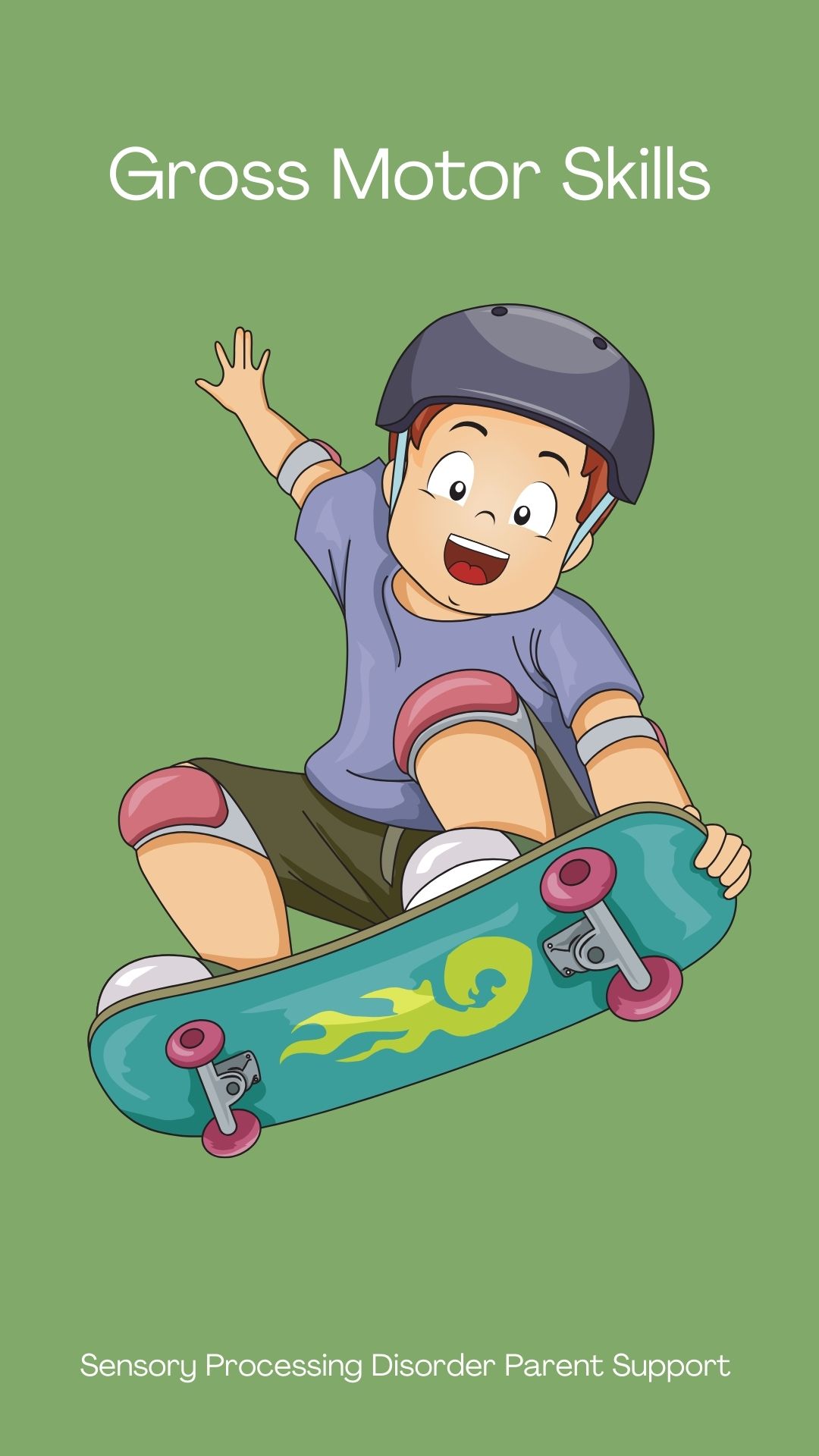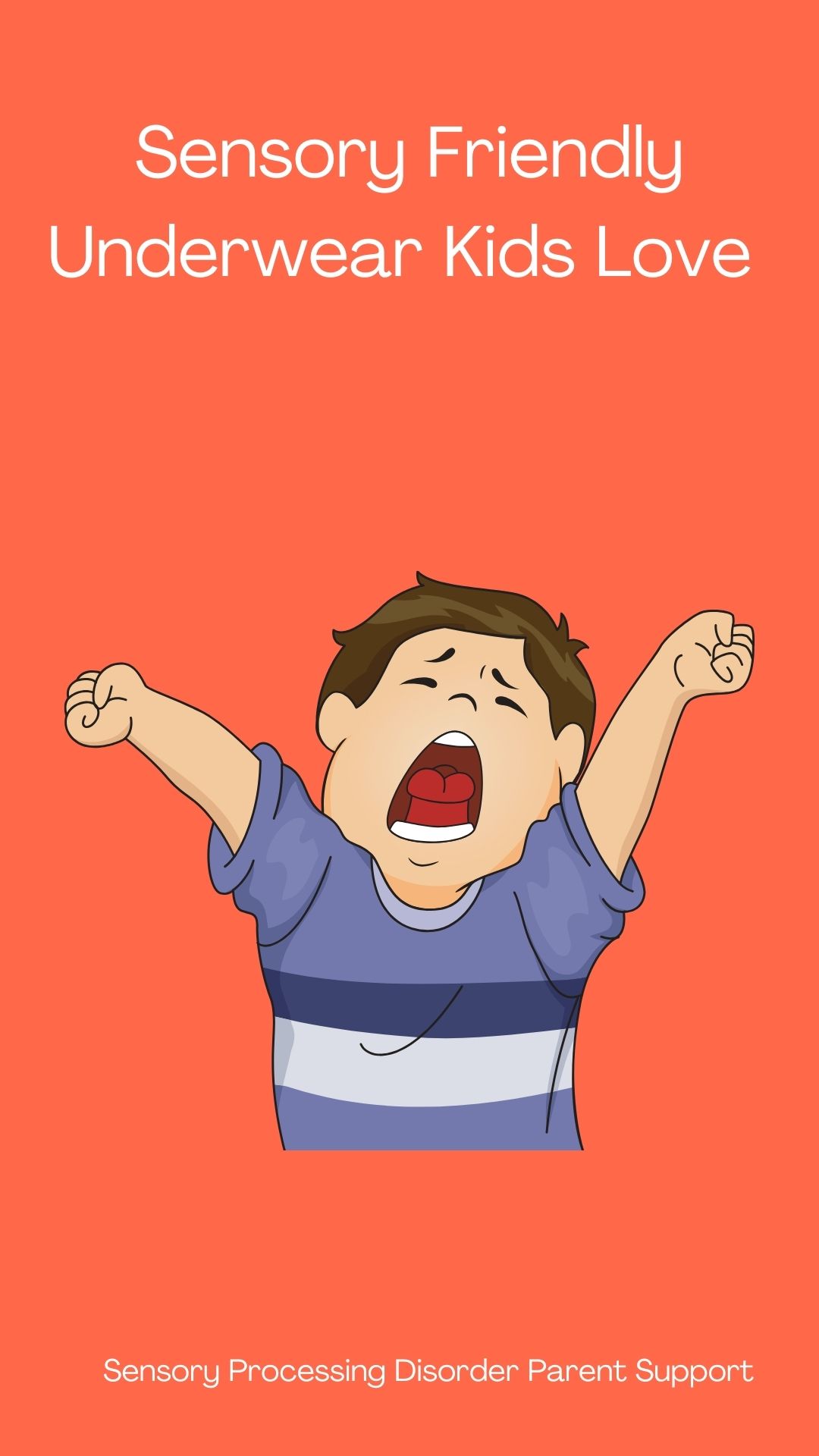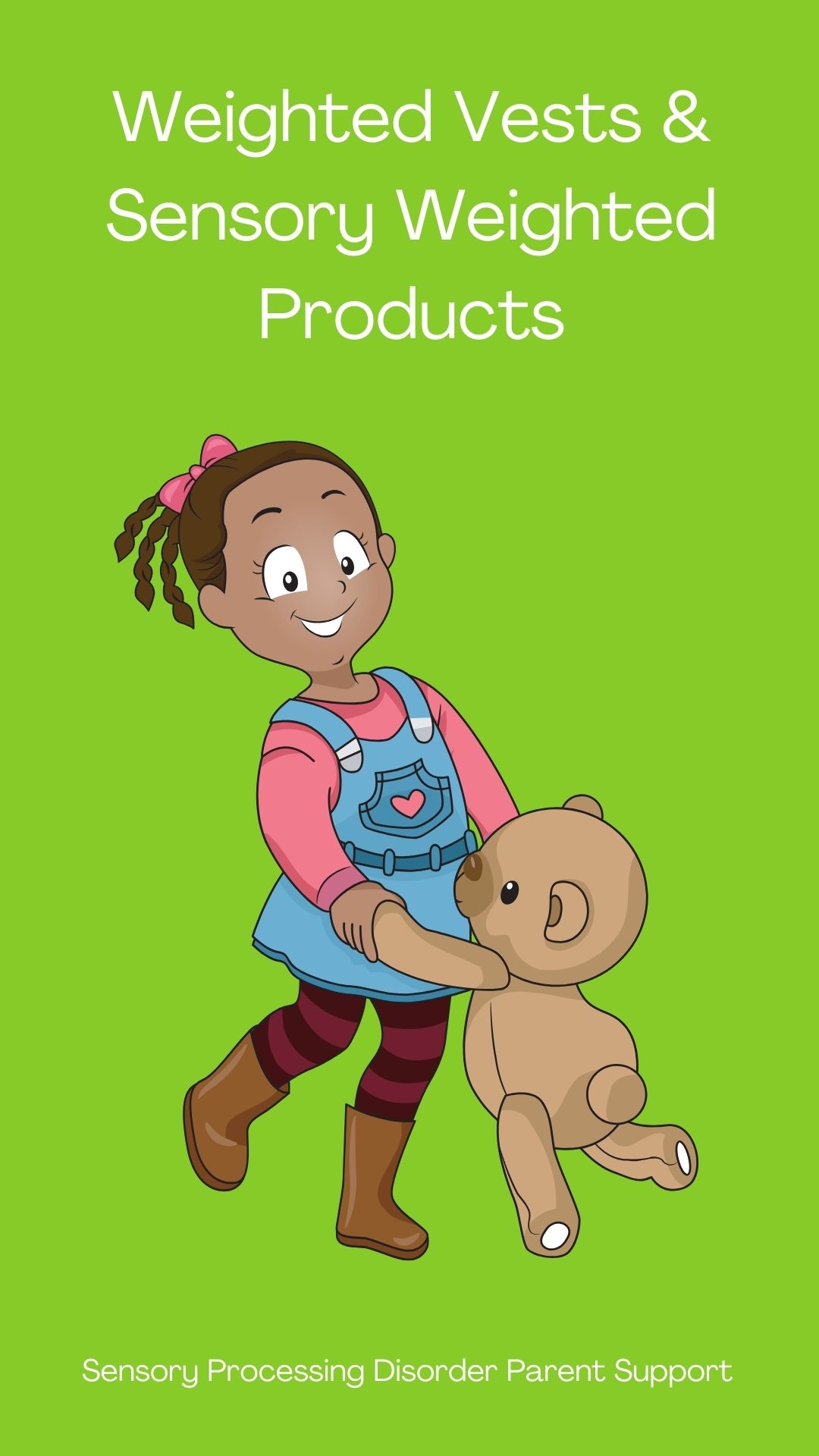Childhood anxiety is when a child has extreme fears and worries. Children can develop anxiety for a number of reasons. Children can inherit anxiety genetically through other family members that have anxiety. There are many reasons why a child may experience worry, including stress at school, changes in the family dynamic, or pressure to perform well in sports or other activities.
Just like adults, children can experience feelings of worry and anxiety. It is a natural emotion that helps us respond to potential threats or stressful situations. For some children, worry can become excessive and overwhelming, causing them to feel anxious and distressed.
Childhood anxiety can also occur after experiencing a traumatic event such as the loss of a loved one or if they've experienced violence or abuse. When a child is raised around adults who are anxious, they can learn those fears and develop anxiety too. When a child has anxiety it can effect them in many different ways. They may have mood swings, trouble sleeping, unusual eating habits and they may have behavioral challenges.
There are various tools and resources available to help children who worry. These tools may include books, games, puzzles, and even stuffed animals designed to help children express their feelings and cope with worry. Using these tools can have numerous benefits for children.
Children often find it challenging to articulate their feelings and emotions. Having specific tools to help them express themselves and their worries in a safe and non-judgmental way can be immensely beneficial.
The tools designed for children who worry often include strategies and techniques to help them cope with their worries. These skills can empower children to manage their emotions, build resilience, and feel more in control of their worries.
Tools for worrying children can also help facilitate open communication between parents and children. Parents can use these tools as an opportunity to talk to their child about their worries and offer support and guidance.
While worry is a normal emotion, it is important to pay attention to when it becomes excessive or begins affecting a child's life. Parents should seek professional help for their child if they notice any of the following:
Intense and persistent worry that interferes with a child's activities.
Difficulty sleeping due to worry.
Physical symptoms such as headaches or stomach aches without a medical cause.
Avoidance of everyday situations due to worry.
Changes in behavior, such as irritability or outbursts of anger.
If a child's worry is impacting their life significantly, it is important to seek help from a professional therapist or counselor who specializes in working with children.
Along with tools and resources, there are also various techniques that parents and caregivers can use to help anxious and worrying children. These techniques include:
Mindfulness is a great technique to teach children to focus on the present moment and let go of their worries. Simple mindfulness exercises such as deep breathing and grounding techniques can help children calm their minds and relax their bodies.
It is essential to teach children to recognize and replace negative thoughts with positive ones. Encouraging children to reframe their worries in a more positive light can help them manage their emotions effectively.
A worry jar is a simple yet effective technique that can be used at home. Children can write down their worries on a piece of paper and put them in the jar. This allows them to symbolically let go of their worries and gives them a sense of control over them.
Childhood is an important time for learning and growth and it is so important to provide children with the right tools and resources to manage their worries. Using these tools and techniques, parents can help anxious children develop healthy coping skills. It is okay for children to experience worry, but it is important to seek help if it becomes too much for them to handle.
